Ahead of the centenary anniversary of Gabriel Fauré’s death and the release of her new album Fauré and Friends, Irène Duval writes on what the great composer’s music means to her and dives into his lesser known second violin sonata in E minor Op.108
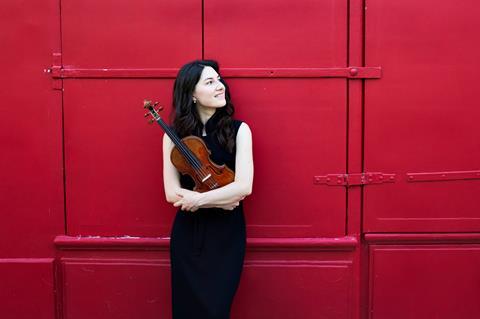
Discover more Featured Stories like this in The Strad Playing Hub
‘Say only that which is of value, or stay silent’ - Gabriel Fauré
In two months, it will be a hundred years since the death of one of the greatest French composers, and one of my favourites: Gabriel Fauré.
Born in 1845 in Ariège in the South of France, Fauré created a most unique and special musical language which inspired so many great musicians of his time; his students at the Conservatoire de Paris included Ravel, Enescu, and Nadia Boulanger, to name but a few. For Fauré, ‘art, especially music, consists of elevating ourselves as far as possible above what is’; his music transports us to ideal worlds made of multiple reflections and harmonic nuance, above a continuous musical and rhythmic flow. ‘I always enjoy seeing sunlight play on the rocks, the water, the trees and plains. What variety of effects, what brilliance and what softness… I wish my music could show as much diversity.’
Fauré was a poet and a dreamer. As his admirer and friend Reynaldo Hahn describes him beautifully in Fauré’s later years: ‘He has remained in glorious maturity what he was in his adolescence. Poets such as Fauré remain always children through a certain freshness of the soul that never alters itself; they go through life, they suffer, they are hurt, they are often assailed by darkness, but they retain in a certain mysterious corner of their being a sacred point, guileless, invulnerable, that nothing can fade or tarnish.’
It’s true: throughout his life, he wrote music so full of goodness and purity. Fauré’s art speaks to innocence; its drama and passion are always driven by light. It is ecstatic music, with warmth that sings, touches, consoles, fills with joy, exults! For me, it is the most hopeful, comforting, beautiful, sensual, positive music I’ve ever heard.
As I write this, I’m especially thinking about his late chamber music works and his second violin sonata (in E minor op.108), which I have just recorded for my newest album, Fauré and Friends. These are even more profound and spiritual than his early works. Discovering them felt like having tasted a dish full of new ingredient pairings and deep flavours, textures and poetry that leave a strong imprint on you. It can leave you slightly puzzled at first, but then, the more you work on understanding it, the more you fall in love with it! Fauré was deaf by the time he composed his late works; as with Beethoven, it enabled him to reach new dimensions and develop a language outwardly more complex, but actually suffused with a new simplicity. This simplicity was much influenced by the early church music that he had loved since his youth.
For me, it is the most hopeful, comforting, beautiful, sensual, positive music I’ve ever heard.
Watch Irène Duval perform the work at Wigmore Hall in the video below:
Fauré’s Sonata no.2, op.108, is a work that has never attained the popularity of his first sonata op.13. Begun in August or September 1916 in Evian (Fauré was 71 years old), the sonata was completed in Paris in the winter of the same year. Despite the horrors around him, and the personal stresses – his son Philippe had been sent to the front lines – this sonata is full of light and hope. It is dedicated to Elisabeth, Queen of Belgium, a keen amateur violinist, who at one point played second violin in a performance of Fauré’s first piano quintet.
In the sonata’s first movement, the agitated opening theme is countered by a second melody of wondrous delicacy which holds an important place in the whole work; this melody evolves and becomes a true expression of liberation when it reappears toward the ends of the first and third movements. The second movement is purity and gentleness; for me, it is an escape from the outside world, a long inner reflection that goes from questioning to a conclusion that everything will end well. A theme ‘con grazia’ then welcomes us for a cheerful, warm and animated finale. Here, there is a sense of a closing circle as the sonata sweeps to a magnificent conclusion – joy and celebration!
Fauré has been one of my most loyal musical companions these last ten years or so. I hope anyone reading this may enjoy the magic of his music. Here are a few thoughts about what I’ve learnt from my experience playing Fauré:
- One should get a sense of the different subtle inflections happening underneath an apparent simple melody. It helps to play the harmonies of the piece slowly on the piano, feeling the colours and meaning of each phrase.
- Shaping of the phrases: one should follow the contour of the music as one would sing it. It should feel natural.
- The line needs direction and flow, with many varied bow speeds.
- There are often very long crescendi, the progression of which should be well thought out until they reach the main climaxes.
- Dolce and espressivo should sound very different.
- The forte or fortissimo passages are always expressive rather than aggressive.
- The choice of tempi should allow the storyline to be comprehensible: themes, phrases, emotions…
And as Emile Vuillermoz writes in The Art of Gabriel Fauré, ‘If you are not sensible to the pleasure given by certain modulations, if you do not taste the disturbing flavour of certain harmonies, if you are not interested in the subtle laws of the gravitation of notes around a tonic, a dominant or leading note, you will understand nothing of this style.’
Irène Duval’s new album Fauré and Friends with pianist Angus Webster is out now on Capriccio Records and available on all streaming platforms. For more information, visit her website.
Irène will be performing Fauré at Wigmore Hall from 1-5 November in a five-concert celebration of the composer, alongside Joshua Bell, Jeremy Denk, Blythe Engstroem, Steven Isserlis and Connie Shih.
Read: Joshua Bell and Steven Isserlis on their passion for Mendelssohn
Read: Masterclass: Fauré Violin Sonata no.1 in A major, first movement
Discover more Featured Stories like this in The Strad Playing Hub
The number one source for playing and teaching books, guides, CDs, calendars and back issues of the magazine.
In The Best of Technique you’ll discover the top playing tips of the world’s leading string players and teachers. It’s packed full of exercises for students, plus examples from the standard repertoire to show you how to integrate the technique into your playing.
The Strad’s Masterclass series brings together the finest string players with some of the greatest string works ever written. Always one of our most popular sections, Masterclass has been an invaluable aid to aspiring soloists, chamber musicians and string teachers since the 1990s.
American collector David L. Fulton amassed one of the 20th century’s finest collections of stringed instruments. This year’s calendar pays tribute to some of these priceless treasures, including Yehudi Menuhin’s celebrated ‘Lord Wilton’ Guarneri, the Carlo Bergonzi once played by Fritz Kreisler, and four instruments by Antonio Stradivari.


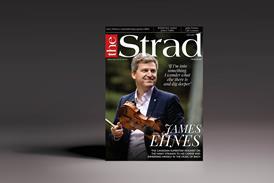

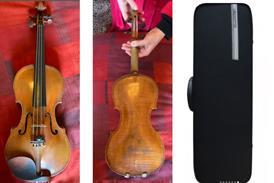
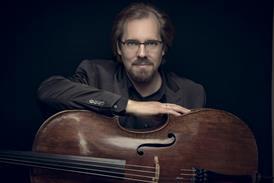
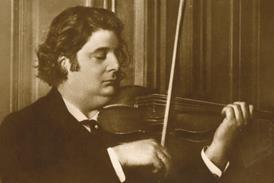
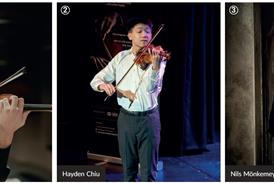


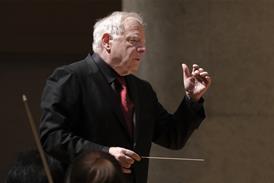



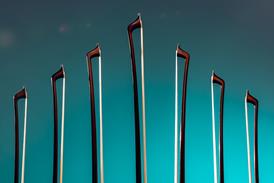
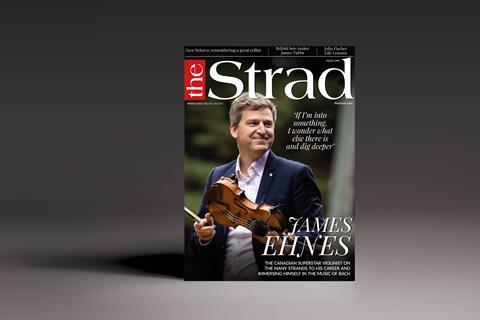




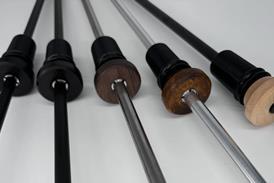

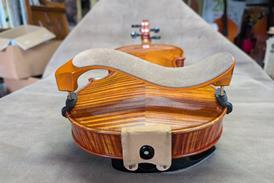















No comments yet